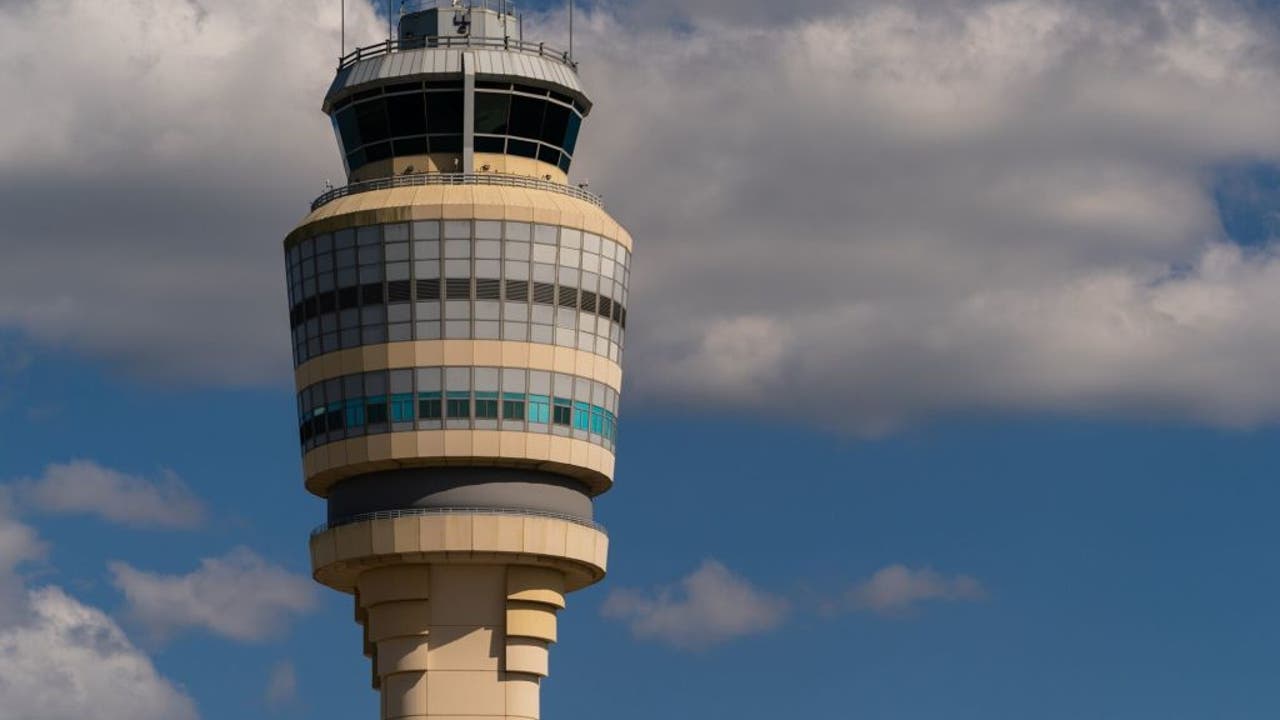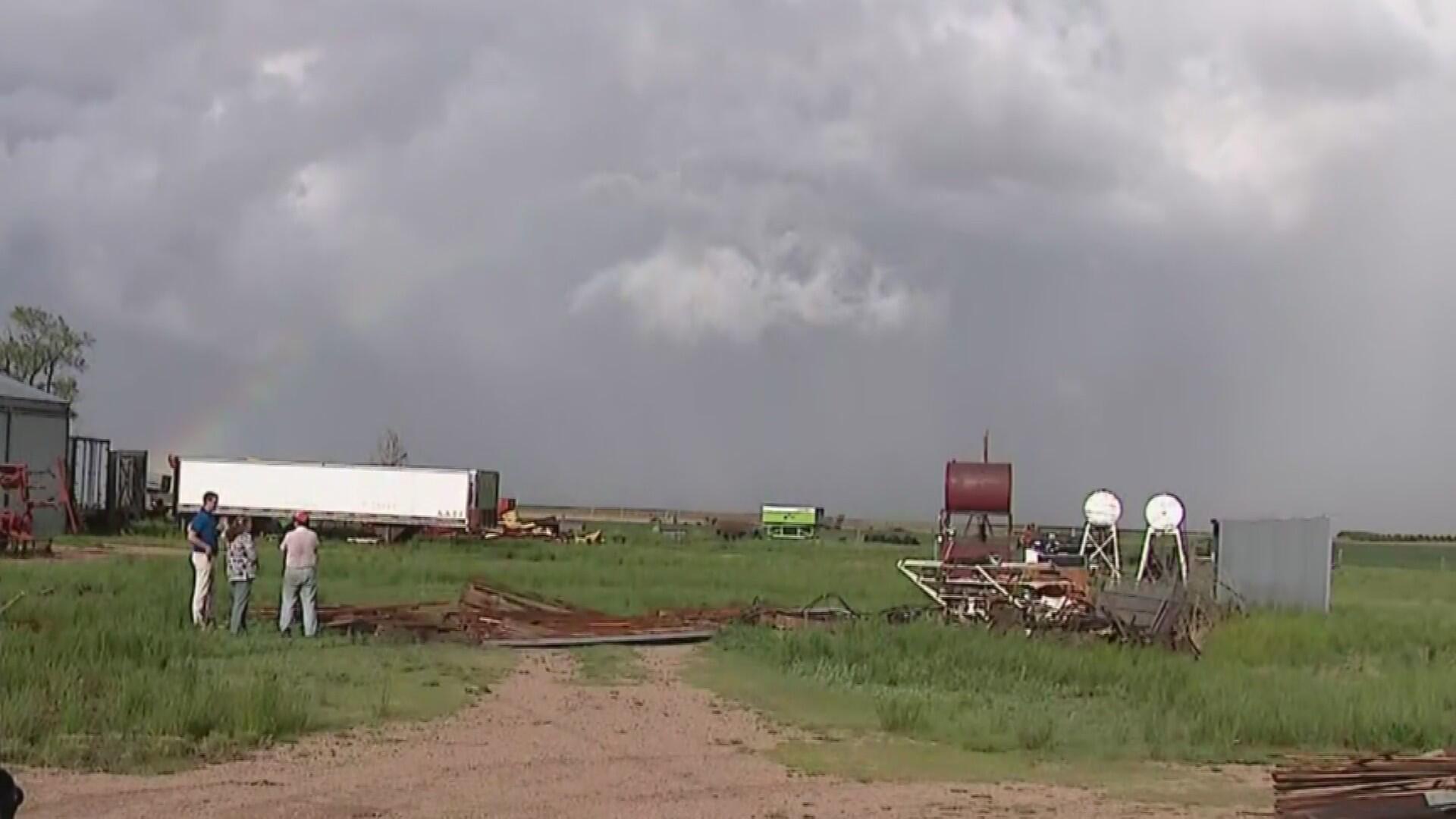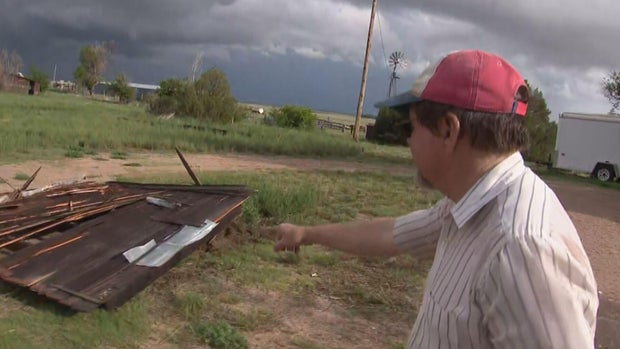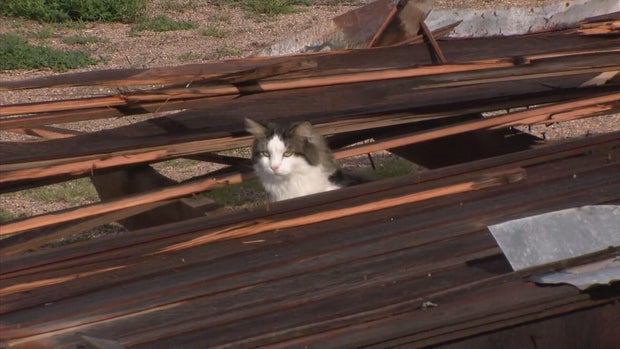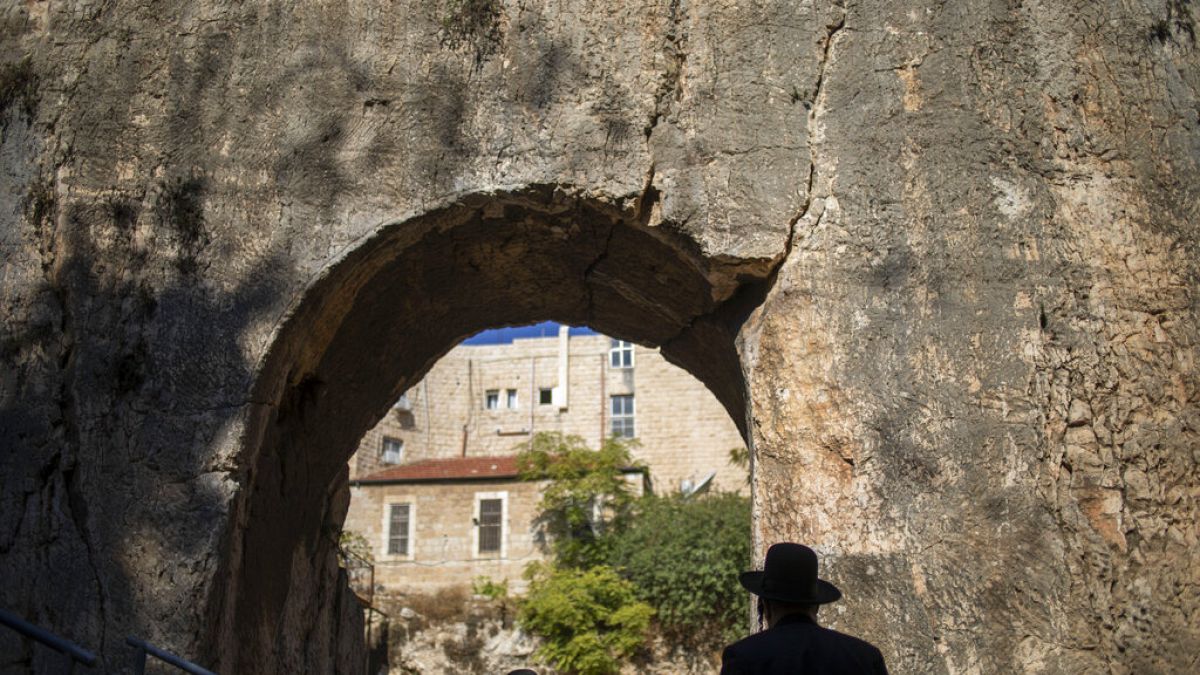Colorado
PHOTOS: Colorado educators rally at Capitol for school funding

Educators, students, families and community members from across Colorado gathered for a rally to support funding for Colorado public schools outside the Colorado Capitol building in Denver on Thursday, March 20, 2025.
Originally Published:

Colorado
Family tours property damage after tornado hits northeastern Colorado
The Farnik family lives in Raymer in Weld County and is touring the damage after severe storms struck Tuesday afternoon. That part of northeastern Colorado was hit by severe storms and at least one tornado.
CBS
“My dad starts screaming, ‘Tornado! tornado!’” said Marrek Farnik.
According to First Alert Meteorologist Joe Ruch, a destructive combination of high humidity and warm temperatures spawned tornadoes that hit near the small town of Raymer on Tuesday.
“I look up to the north and there’s a beautiful translucent rope tornado just dancing through the fields, just drifting through the north,” said Jeff Farnik.
CBS
The tornado skipped over open fields and eventually struck the family’s shed, leaving it in pieces.
“It was pretty close! A few more feet and it would have taken our roof instead of the roof of the old grainery,” said Margaret Farnik.
“This is northeast Colorado. Weird stuff happens out here between the Palmer and the Cheyenne,” said Marrek Farnik.
CBS
No one was injured in the storm, and there has been only one confirmed tornado report.
Colorado
Colorado River basin has lost nearly the equivalent of an underground Lake Mead
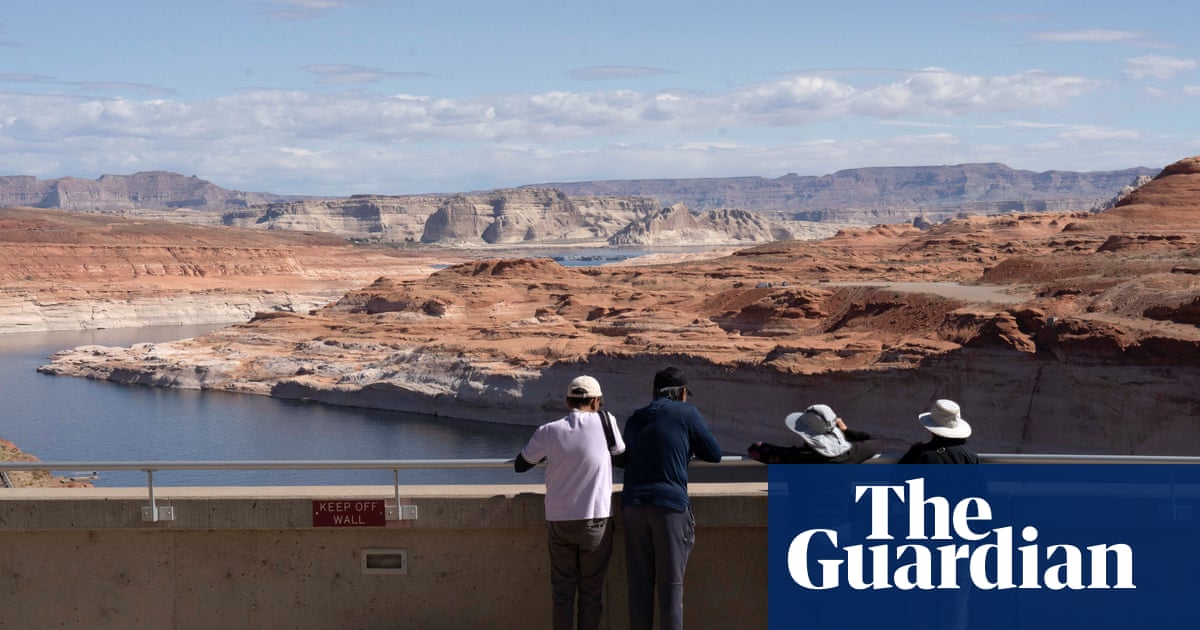
The Colorado River basin has lost 27.8m acre-feet of groundwater in the past 20 years, an amount of water nearly equivalent to the full capacity of Lake Mead, the largest reservoir in the United States, a new study has found.
The research findings, based on Nasa satellite imagery from across the south-west, highlight the scale of the ongoing water crisis in the region, as both groundwater and surface water are being severely depleted.
“Groundwater is disappearing 2.4 times faster than the surface water,” said Jay Famiglietti, a hydrologist at Arizona State University and the study’s senior author.
“Everyone in the US should be worried about it, because we grow a lot of food in the Colorado River basin, and that’s food that’s used all over the entire country,” he added. “These days, we’re also supporting a number of data centers and computer chip manufacturers, and these are essential to our economy.”
The Colorado River basin provides water to approximately 40 million people across seven US states, as well as to millions of acres of farmland. Most of the groundwater losses since 2003 occurred in the Lower Colorado River basin, including Arizona, Nevada and California, the study found.
The decreasing availability of surface water is easy to visualize across the west. There are the stark photographs of the dropping levels of water in Lake Powell and Lake Mead, and images of the Colorado River, whose flow has decreased approximately 20% in the past century.
But groundwater is different, Famiglietti said: “It’s invisible. It’s mysterious. The average citizen doesn’t really understand it.”
With less visibility has come less regulation: California only instituted statewide management of its groundwater in 2014, and before that, groundwater use was largely unregulated. Arizona, which has seen big groundwater decreases, still does not regulate groundwater usage in the majority of the state, Famiglietti said, which means that most property-owners can simply pump out as much groundwater as they want.
“Overpumping” is the main cause of groundwater losses over the past 20 years, he said. “There’s nothing illegal about it, it’s just unprotected.”
Most water across the west is used for agriculture, and as “large-scale industrial farming” has expanded in the south-west, and particularly in Arizona, so have the resources for farmers to dig deeper and bigger wells to extract groundwater, Famiglietti said. In Arizona, many of the new farms grow alfalfa, which is used as hay to feed cows. Data centers, though a much smaller overall factor than agriculture, also are a growing business that require water.
The new study found that the depletion of water storage in the Colorado River basin has sped up in the past decade. Since 2015, the basin has been losing freshwater at a rate three times faster than in the decade before, driven mostly by groundwater depletion in Arizona.
While the researchers are advocating for better management of groundwater supplies in the future, Famiglietti also said that the efficacy of groundwater regulations so far was still unclear.
The effects of the climate crisis, including rising average temperatures and more frequent and severe droughts, are expected to make the region’s water shortages worse in the future.
Colorado
Colorado first responders help deliver newborn, mother and baby okay after roadside delivery

Sunday was a day some Colorado firefighters and sheriff’s deputies will never forget.
South Adams County Fire
South Adams County Fire Department’s Engine 23 team responded to what they initially thought was a vehicle crash. It turned out to be a childbirth in progress.
Deputies from the Adams County Sheriff’s Office had arrived moments earlier, and when the firefighters got there, they said “they found a (deputy) holding a newborn baby, delivered moments before.”
The firefighters quickly provided care to the new mother and baby girl. They helped to cut the umbilical cord and heard the baby’s first cry.
Once the baby and mother were taken to the hospital, a physician praised the first responders for providing great care.
-

 News1 week ago
News1 week agoMaps: 3.8-Magnitude Earthquake Strikes Southern California
-

 Politics1 week ago
Politics1 week agoTrump, alongside first lady, to sign bill criminalizing revenge porn and AI deepfakes
-

 Movie Reviews1 week ago
Movie Reviews1 week agoReview | Magellan, conqueror of Philippines, as we’ve never seen him before
-

 Education1 week ago
Education1 week agoHow Usher Writes a Commencement Speech
-

 Politics1 week ago
Politics1 week agoExpert reveals how companies are rebranding 'toxic' DEI policies to skirt Trump-era bans: 'New wrapper'
-

 World1 week ago
World1 week agoDigitisation fronts new Commission strategy to boost EU single market
-

 Culture1 week ago
Culture1 week agoDo You Know the English Novels That Inspired These Movies and TV Shows?
-

 World1 week ago
World1 week agoEU reaches initial deal to lift economic sanctions on Syria: Reports




